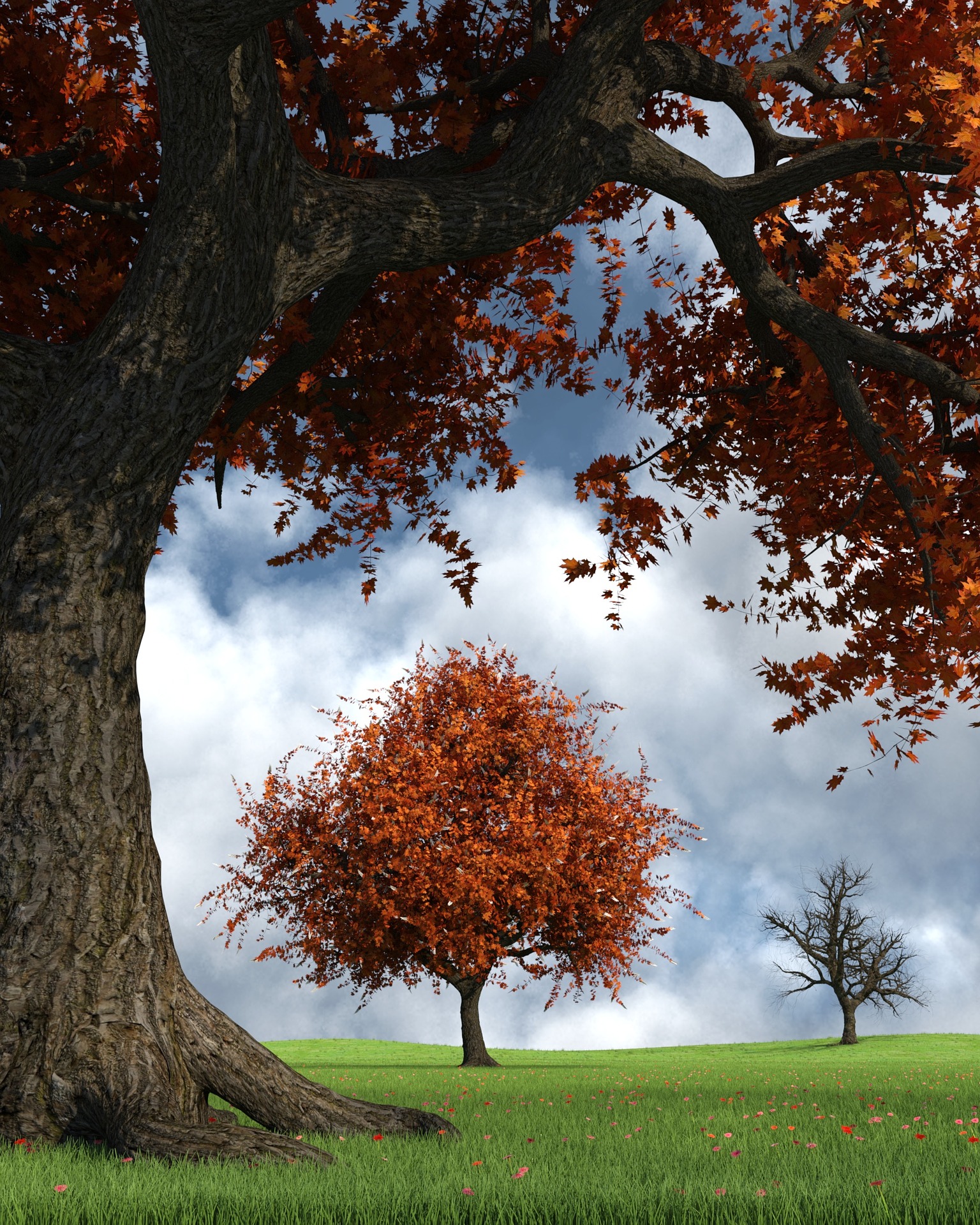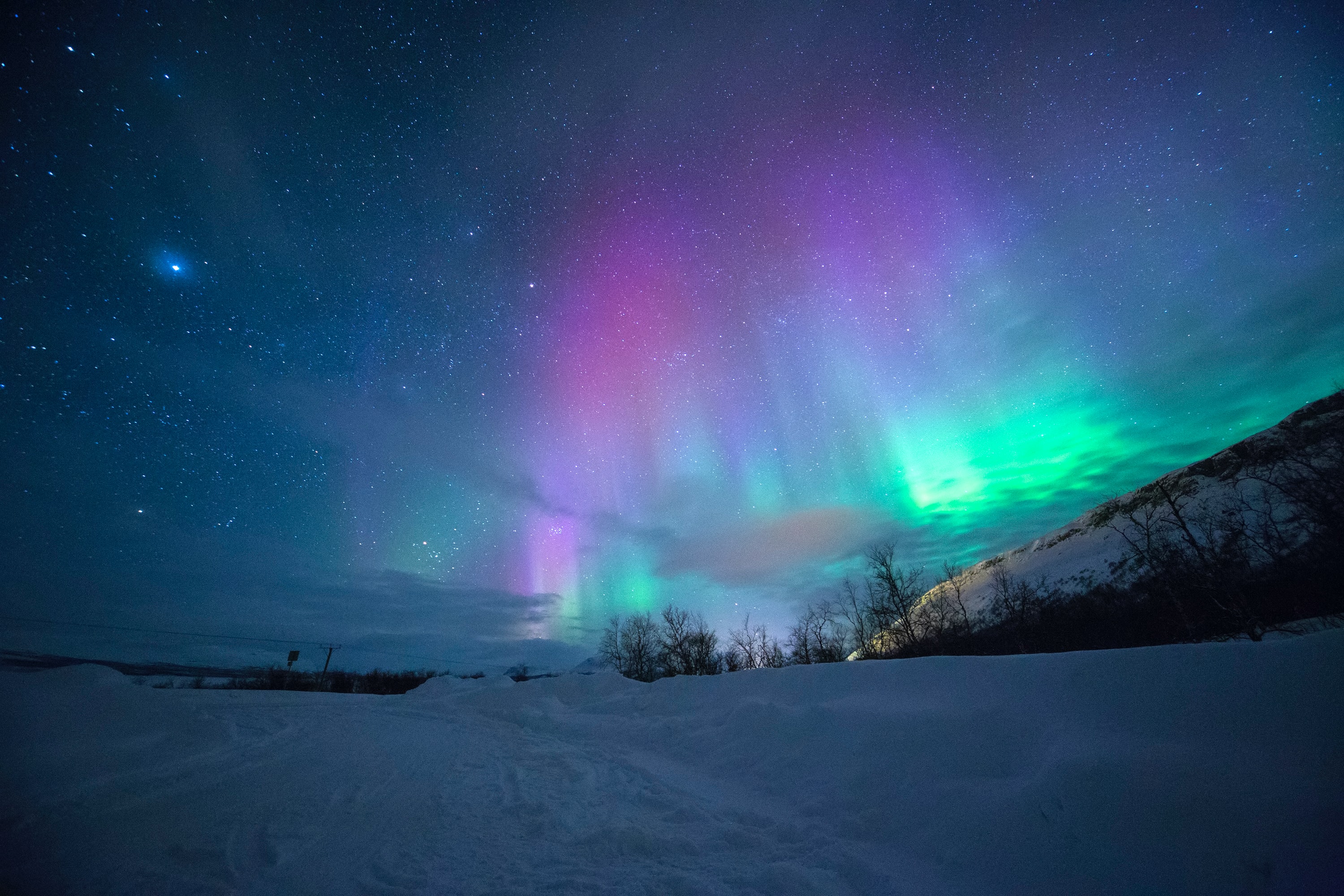Have you ever wondered what the fall equinox is? Twice a year the sun aligns itself perfectly with the equator and divides our 24-hour day neatly in half: 12-hours of sun and 12-hours under the moon. As we celebrate this year’s autumnal equinox, let's take the time to learn some important facts!
The first thing you need to know about the autumnal equinox is that depending on where you live in the world, you may be celebrating at different times of the year. If you live in the Northern Hemisphere, like we at Prométour do, the autumnal equinox takes place on September 22nd. If you reside in the Southern Hemisphere, you will be celebrating on March 21st. In the same breath, each hemisphere celebrates the vernal equinox (the beginning of spring) at opposite times of the year.

Both hemispheres experience the exact same amount of daylight during the equinox
The solstice and the equinox are not the same thing. Actually, these two events are opposites! The solstices are celebrated on the days of the year in which the equator is at the farthest point from the sun. The summer solstice is the longest day of the year, while the winter is the shortest. Like the equinox, depending on which hemisphere you reside in, these events occur on opposite dates.
Astronomically, the autumnal equinox marks the first day of fall! By this logic, the season comes to an end on the winter solstice, which is December 23rd in the North and June 21st in the South. This differs from the meteorological system in which the Northern Hemisphere has the fall beginning on September 1st, and March 1st if you live on the other side of the equator.

The autumnal equinox signifies the change of seasons
If seeing the Aurora Borealis is on your bucket list, try to make the journey up North on the equinox. Geomagnetic activity is stronger at this time of the year, which causes the lights to be more visible to spectators. Can’t make the trip during the fall? No problem, the Northern Lights are at their best during the spring equinox too!

Check out the Aurora Borealis on the equinox!
The fall equinox is celebrated differently around the world and is often related to the full moon harvest. In most cases, celebrations near the equinox are based on themes of gratitude. The Chinese observe the full moon with friends and family while North Americans celebrate Thanksgiving.



